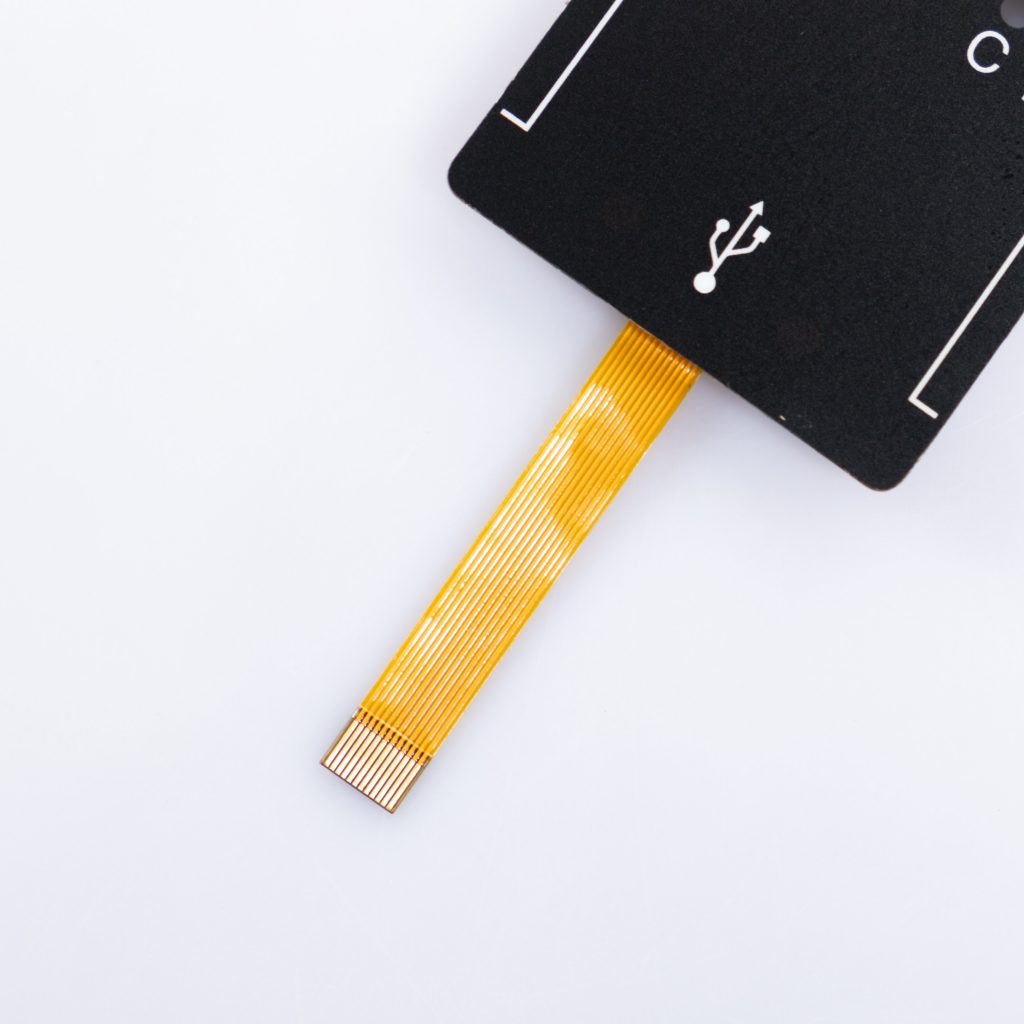Contact
Write to Us And We Would Be Happy to Advise You.
Do you have any questions, or would you like to speak directly with a representative?
By hqt
In the healthcare industry, where energy efficiency is as crucial as functionality, the components of medical devices play a pivotal role. Flex copper circuit membrane switches have become a key focus in this regard. This article examines how the use of these switches in medical devices can lead to significant energy savings.



Medical devices, especially those that are portable or battery-operated, require efficient energy usage to ensure reliability and prolonged operation. The choice of electrical components, such as membrane switches, greatly influences a device’s overall energy efficiency.
Flex copper circuits are renowned for their low electrical resistance, which directly translates into energy efficiency. Here’s how they contribute to energy savings in medical devices:
Reduced Power Loss: The low resistance of flex copper circuits minimizes power loss during electrical transmission. In medical devices, this means more of the battery power is effectively used for the intended function, rather than being wasted as heat due to resistance.
Efficient Power Usage: Devices with flex copper circuits use power more efficiently. This is particularly beneficial in critical care devices that need to operate continuously, as it ensures that they can run longer on the same amount of power.
Prolonged Battery Life: For portable medical devices, prolonged battery life is essential. The efficient power usage of flex copper circuits means that these devices can operate for longer periods without needing a recharge or battery replacement, crucial in emergency or remote care scenarios.
Consider a portable ECG monitor used in home healthcare. Incorporating flex copper circuit membrane switches can significantly reduce its power consumption, ensuring that it remains functional for extended periods, a crucial factor in continuous cardiac monitoring.
The use of flex copper circuit membrane switches in medical devices is not just a matter of enhancing performance; it’s also about maximizing energy efficiency. In an era where energy conservation is paramount, these switches offer a viable solution to prolong device operation while reducing energy consumption.
In conclusion, flex copper circuits in membrane switches lead to energy savings in medical devices by reducing power loss, ensuring efficient power usage, and extending battery life. These benefits are vital in the design and functionality of modern medical devices, especially those used in critical and portable applications.
Do you have any questions, or would you like to speak directly with a representative?